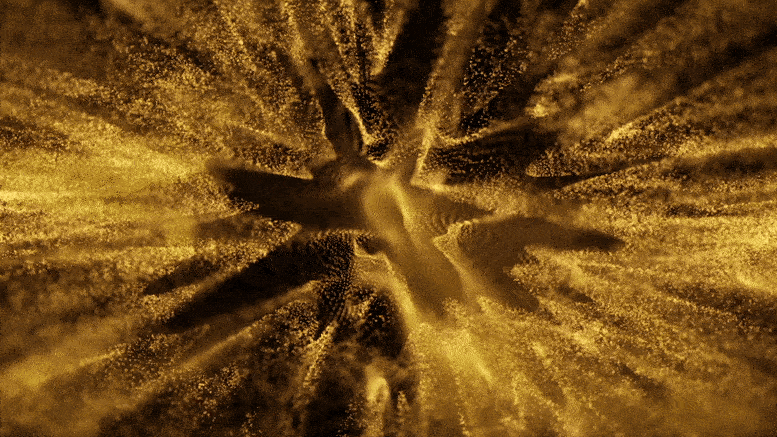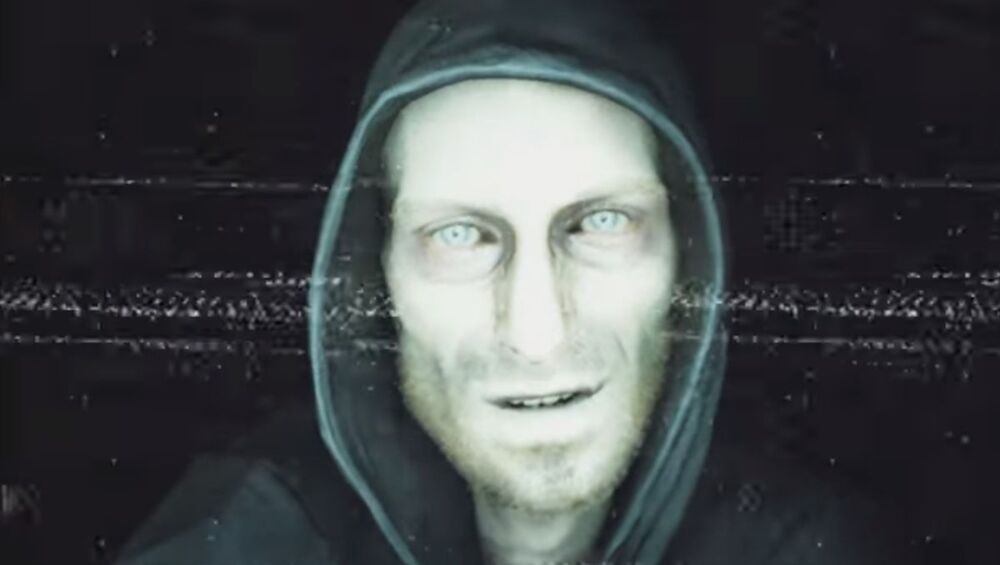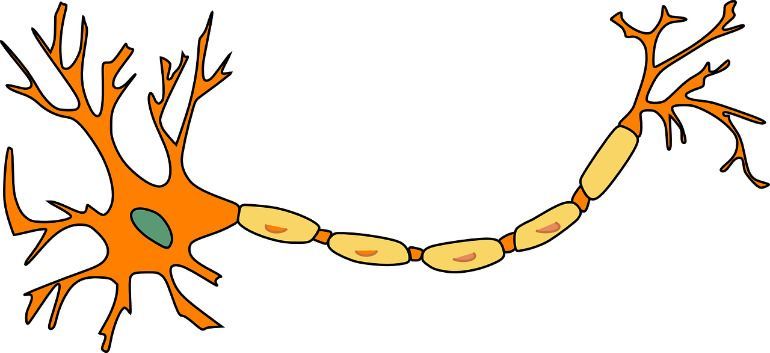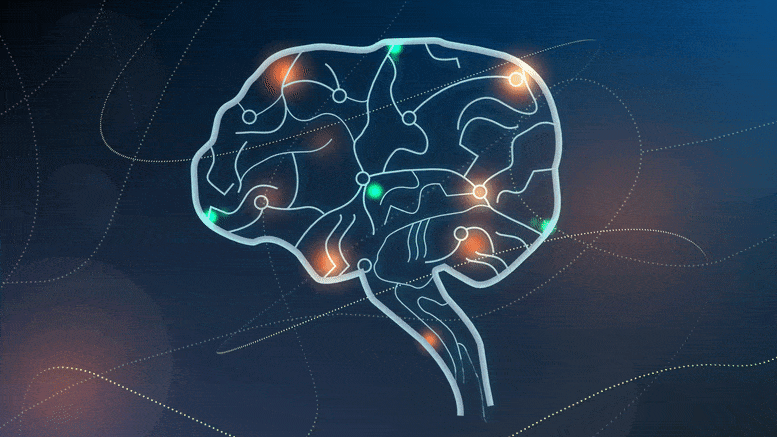Restoration of lost motor function after stroke is typically accomplished after strenuous rehabilitation therapy lasting for over months. However, new research published by a group led by Yukio Nishimura, the project leader of the Neural Prosthesis Project, Tokyo Metropolitan Institute of Medical Science showed that an artificial neural connection (ANC)*1 successfully allowed a new cortical site, previously unassociated with hand movements, to regain control of a paralyzed hand in a matter of minutes.
In this research, experimental animals regained voluntary control of a paralyzed hand about ten minutes after establishment of an ANC. Animals engaged in learning with a functional ANC showed variable levels of input signals provided by the cerebral cortex*2 as hand movement improved. Specifically, the activated area of the cortex became more focused as control of hand movements improved.
Through this training of various areas of the cerebral cortex, the research team successfully imparted a new ability to control paralyzed hands via an ANC, even if those areas were not involved in hand control prior to the stroke. Examples of such regions include areas of the cortex that controls the movement of other body parts such as the face or shoulder, and even the somatosensory cortex, which is responsible for tactile and proprioception processing and is normally not associated with motor control. This finding suggests that an ANC can impart new motor control functions to any cortical region.





